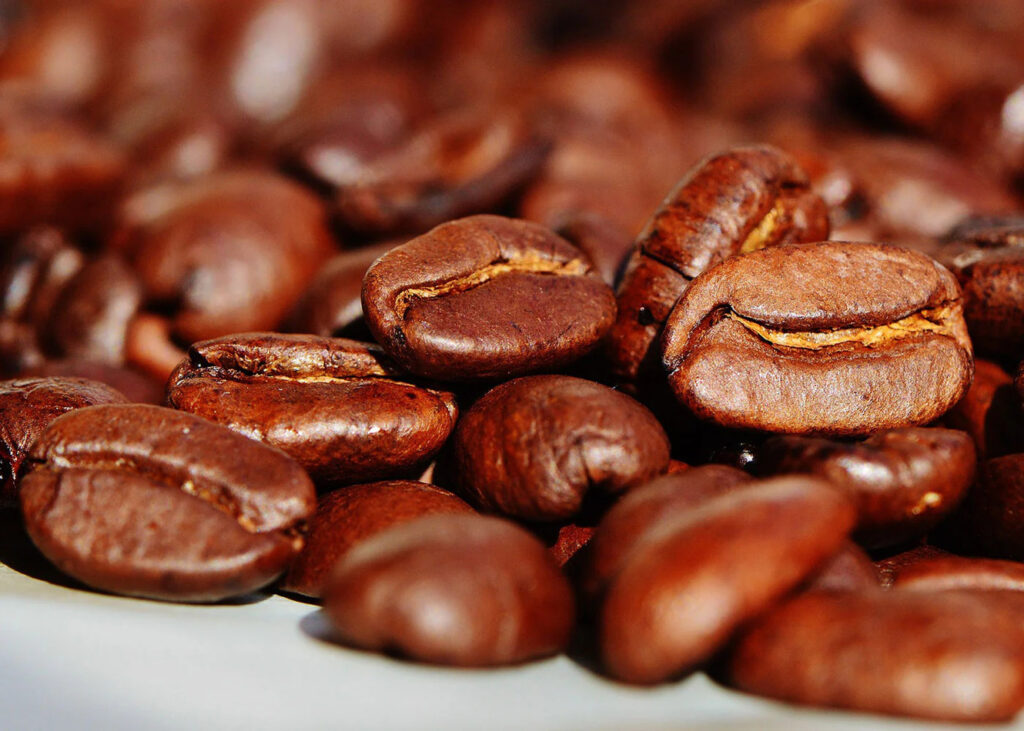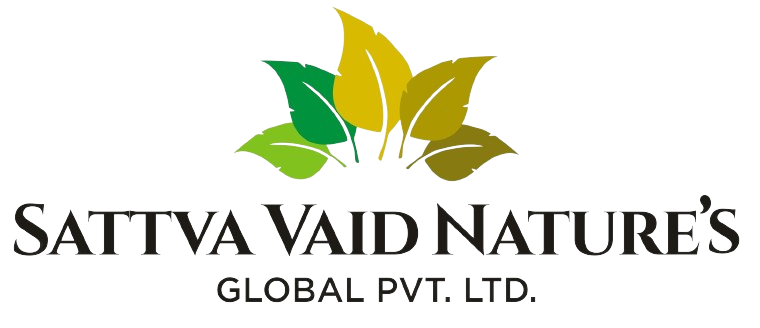
INGREDIENTS
Natural Caffeine 99%
Botanical Name: Camellia sinensis (Tea), Coffea arabica, Coffea canephora (Coffee)
Common Names: Caffeine, 1,3,7-Trimethylxanthine
Family: Theaceae (Tea), Rubiaceae (Coffee)
Plant Description:
Natural caffeine is extracted from the leaves of the tea plant (Camellia sinensis) and the seeds of the coffee plant (Coffea arabica, Coffea canephora). The tea plant is a small evergreen shrub known for its glossy green leaves and fragrant white flowers. Coffee plants are also evergreen shrubs or small trees, producing red or purple cherries that contain the seeds (coffee beans). These plants are cultivated in various tropical and subtropical regions around the world.
Chemical Constituents:
Natural caffeine is a methylxanthine alkaloid, known chemically as 1,3,7-trimethylxanthine. It is extracted and purified to a high concentration, typically 99%.
Active content:
Caffeine: 99% By HPLC
Therapeutic uses:
- Central Nervous System Stimulant
- Increases alertness and wakefulness
- Reduces fatigue
- Cognitive Enhancer
- Improves concentration and focus
- Enhances memory retention
- Physical Performance
- Increases endurance and stamina
- Enhances physical performance in athletes
- Metabolic Booster
- Promotes lipolysis (fat breakdown)
- Increases metabolic rate
- Migraine Relief
- Provides relief from migraine headaches
- Enhances the effectiveness of pain relievers
References:
- Fredholm BB, Bättig K, Holmén J, Nehlig A, Zvartau EE. Actions of caffeine in the brain with special reference to factors that contribute to its widespread use. Pharmacological Reviews. 1999 Mar 1;51(1):83-133.
- Heckman MA, Weil J, Gonzalez de Mejia E. Caffeine (1, 3, 7-trimethylxanthine) in foods: A comprehensive review on consumption, functionality, safety, and regulatory matters. Journal of Food Science. 2010 Apr;75(3)
